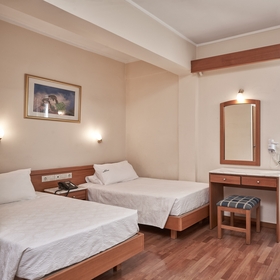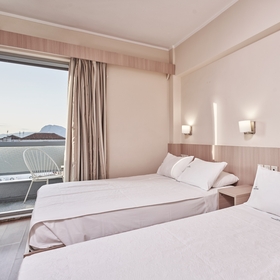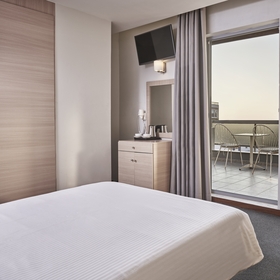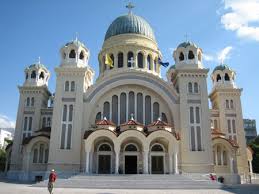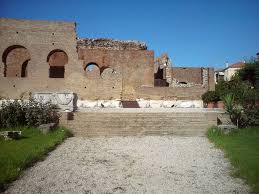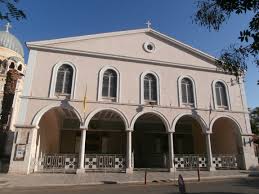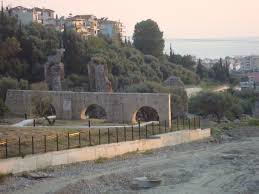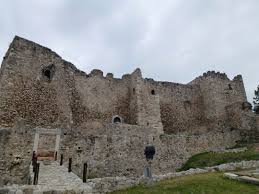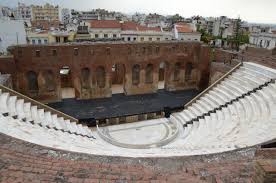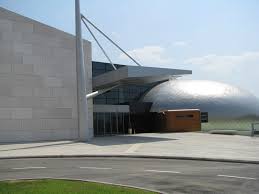The biggest church in Greece, approximately 2000 sq. m. with a capacity of 8000 people.
It is the first Greek winery built in 1861 by the Bavarian Clauss, who introduced to Greece the financial and cultural concept of “wine château”.
A historical building of 1872 designed by the German architect Ernst Ziller.
Situated nearby the Roman Odeon, it is a sizeable amphitheatric structure which is thought to have served in ancient times as the city’s stadium.
It was built between 1836-1843 on the spot where Saint Andrew was martyred.
A vital structure in Roman times as it provided the water supply of the city.
It is located on a low hill of Panachaikos mountain and is considered as one of the main regional head-castles of the Peloponnese.
It is located west of the Acropolis at the Ano Poli (Upper City) and is considered to be older than the Herodotus Odeon in Athens
It was founded in 1956, by the Union of Journalists of Daily Newspapers of the Peloponnese-Epirus-Islands.
A double-arched bridge on the Kallinikos River, a characteristic example of the Roman era and a unique structure of its kind in the wider area.
Considered one of the most important regional settlements of the Mycenaean world, it is located 4,5 km east of Patras (area of Sichaina).
Thermo Spa built in the 17th century during the Venetian domination and later preserved by the Ottomans.
Housed in a modern conception and design building at the northern entrance of the city.
The contemporary well of Saint Andrews, next to the Old Church.


